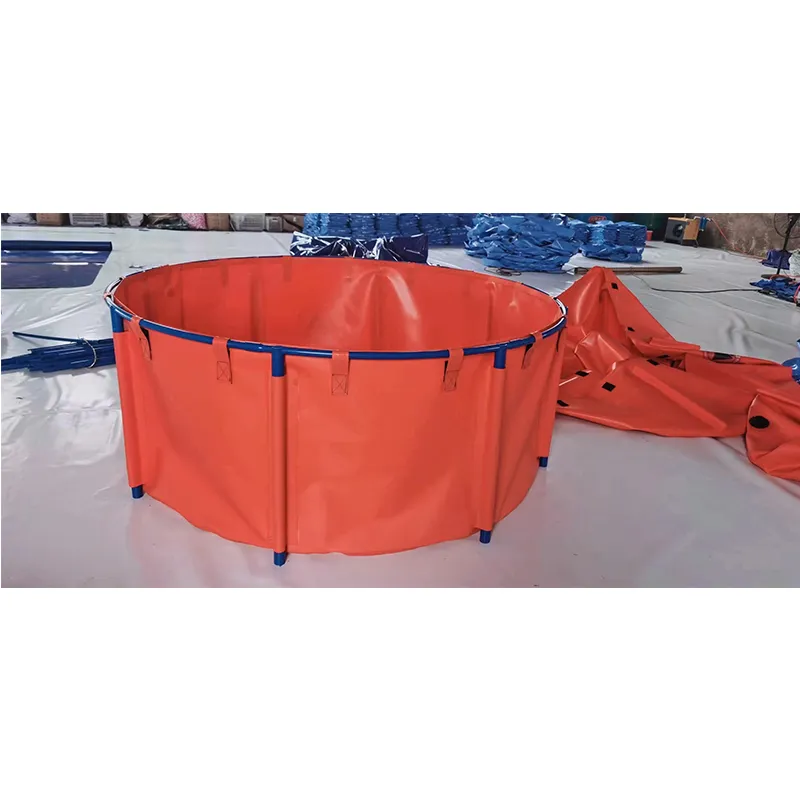

Manufacturers often enhance their pumps' reliability and performance through rigorous testing and certification processes. Look for units that have passed benchmarks such as the Underwriters Laboratories (UL) or the National Fire Protection Association (NFPA) standards. These certifications not only attest to the quality of the pump but also build consumer trust, ensuring that the equipment will perform reliably in case of a fire. Routine maintenance is a pivotal aspect of ensuring the longevity and reliability of fire fighting pumps. It involves regular inspection of hoses and seals for wear and tear, ensuring the engine is free from debris, and periodic testing to confirm that the pump starts and works as expected. By scheduling maintenance checks, one can prevent unexpected failures during critical moments, ensuring peace of mind that the equipment is always ready. Lastly, expert advice should not be underestimated. Engaging with seasoned professionals in fire safety can provide invaluable insights into the most suitable pumps for specific needs, enhancing all-around protection strategy. Their expertise can guide property owners through the complex landscape of fire fighting equipment, providing a tailored approach that maximizes both safety and cost-efficiency. In summary, investing in a 2-inch fire fighting pump is a crucial step in establishing an effective fire response strategy. A well-considered selection based on technical specifications, material durability, power source, portability, certification, and maintenance routines ensures that the pump will meet the demands of any emergency it faces. With the right equipment, homes and businesses can significantly reduce fire risks, safeguarding their occupants and assets from potential harm.




























